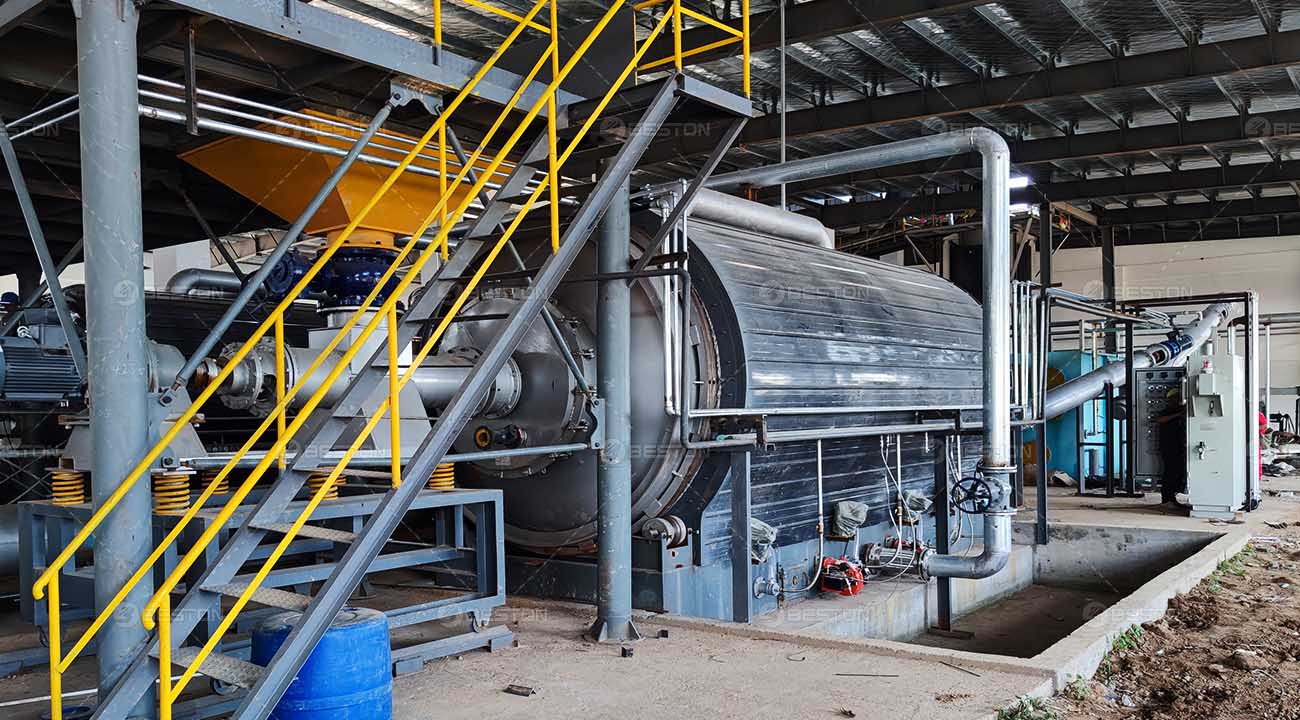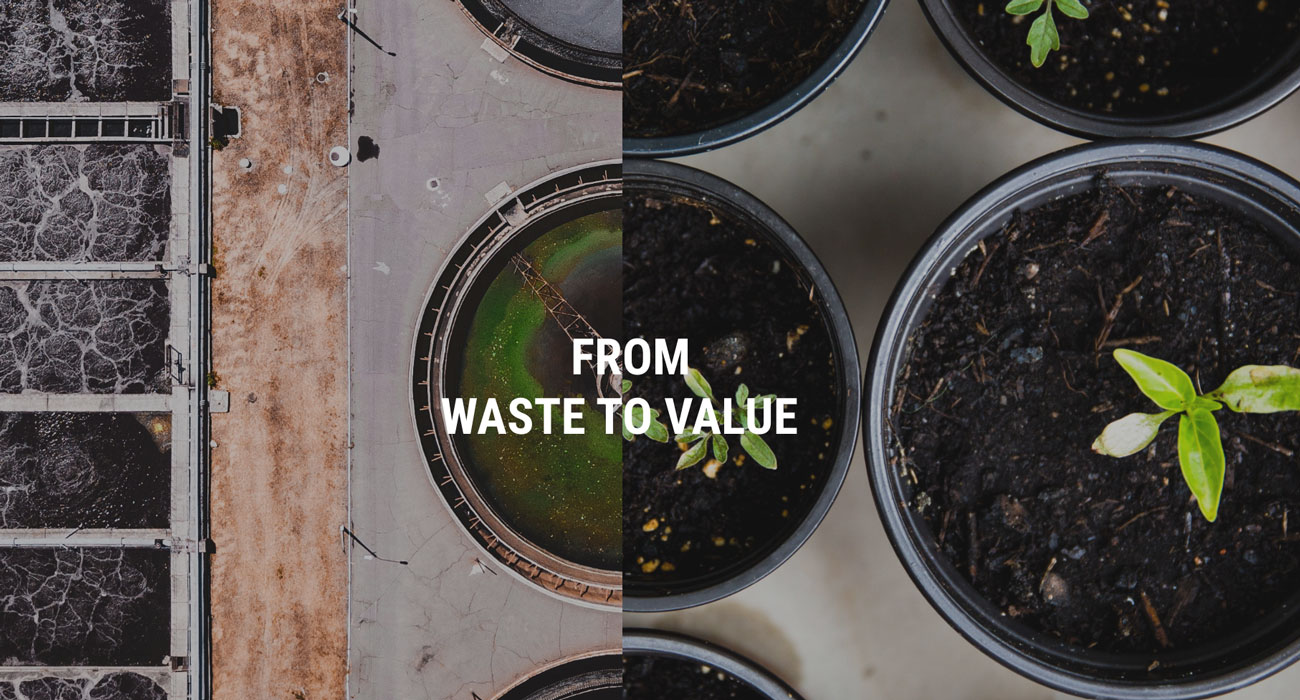How to Set Up a Tyre Pyrolysis Plant
Pyrolysis, the thermal decomposition of organic material at elevated temperatures in the absence of oxygen, is a process that has gained significant attention due to its potential for converting waste materials, such as tyres, into valuable products. Specifically, establishing a tyre pyrolysis plant involves a comprehensive process that requires meticulous planning, adherence to regulations, and strategic setup.
Understanding Tyre Pyrolysis
Introduction to Pyrolysis
Pyrolysis, a form of thermochemical decomposition, involves heating tyres at high temperatures in an oxygen-limited environment. This process breaks down the complex organic compounds in the tyres, transforming them into useful by-products such as fuel oil, carbon black, and combustible gas.
Process Specifics of Tyre Pyrolysis
In tyre pyrolysis, the process involves shredding the tyres into smaller pieces, which are then fed into a pyrolysis machine where they are subjected to high temperatures. The resultant products - fuel oil, carbon black, and hydrocarbon gas - have varied applications, including fuel sources, carbon products, and energy recovery.
Initial Planning and Research
Regulatory Compliance and Permits
Before setting up a tyre pyrolysis plant, thorough research and compliance with local, regional, and national regulations are imperative. Obtaining necessary permits, licenses, and meeting environmental standards is essential.
Site Selection and Infrastructure
The selection of an appropriate site for the plant is crucial. Factors like proximity to raw materials, waste disposal protocols, and infrastructure for water, electricity, and transport logistics should be considered.
Procuring Necessary Equipment and Resources
Tyre Shredding Equipment
Effective tyre shredding machines or equipment are required to break down the tyres into manageable pieces before the pyrolysis process. Investing in reliable shredding machinery ensures efficient material preparation.
Pyrolysis Reactor and Condenser Systems
The heart of the plant, the pyrolysis reactor and associated condenser systems, form the core equipment. These systems facilitate the controlled heating and collection of resultant by-products.

Installation and Setup Process
Equipment Installation
Once the necessary equipment is acquired, the installation process is vital. Ensuring all components are correctly assembled and calibrated for optimum performance is critical for smooth operations.
Testing and Commissioning
Rigorous testing and commissioning of the plant post-installation is essential. This phase allows for identification and rectification of any operational inefficiencies or malfunctions.
Operational and Safety Guidelines
Operational Procedures
Clearly defined operational procedures are crucial. Comprehensive guidelines for plant operation, including start-up, shut-down, and maintenance, are essential to ensure efficient and safe functioning.
Safety Protocols and Compliance
Safety protocols, employee training, and adherence to safety standards are non-negotiable. The tyre pyrolysis plant must comply with safety regulations to ensure the well-being of personnel and surrounding environments.
Environmental and Output Considerations
Waste Management and Emission Control
Effective waste management strategies must be in place to handle the by-products generated. Additionally, emission control systems and measures are necessary to minimize environmental impact.
Product Utilization and Market Strategy
Creating a viable strategy for the utilization and marketing of the derived products - such as fuel oil, carbon black, and combustible gas - is essential. Identifying markets and applications for these by-products is crucial for the profitability and sustainability of the plant.
Setting up a tyre pyrolysis plant demands meticulous planning, technical knowledge, compliance with safety and environmental standards, and the implementation of robust operational protocols. The process, from initial planning to operationalization, requires strategic decision-making and attention to detail. With the right approach and adherence to industry standards, a tyre pyrolysis plant can contribute significantly to waste reduction and the generation of valuable by-products.


Comments
No comments yet. Be the first to react!